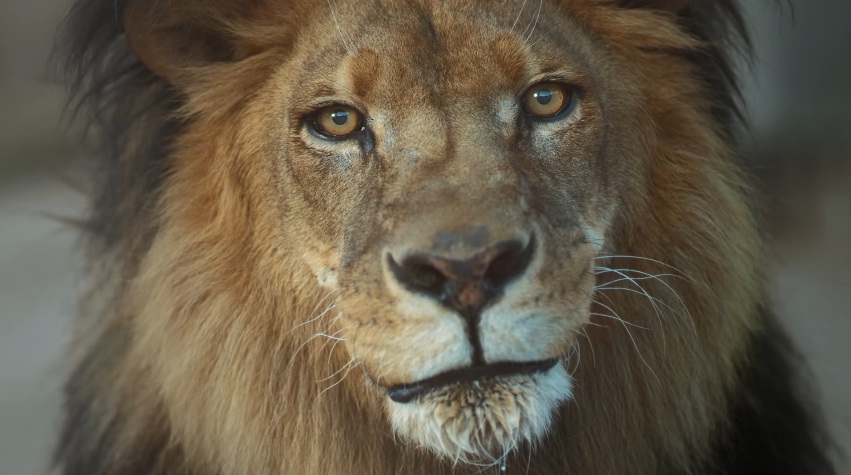
LOS ANGELES—As a chaser to the Thanksgiving feast and football, consider heading out on an African safari.
There’s strictly armchair travel involved for Nat Geo Wild’s live telecasts from Sabi Sands, a private game reserve in South Africa’s Kruger National Park that’s likely to dazzle even from a distance.
The no-sweat safaris, which begin Friday night, will offer “a real-time experience transporting viewers to a place they all want to go but may not have the opportunity,” said Geoff Daniels, head of Nat Geo Wild.
“That we can beam audiences half a world away into the African bush is magical and stunning,” said Daniels.
It’s hard to fault his enthusiasm. Painstaking planning, skilful use of technology and helpful time zones will combine to bring one of Africa’s largest game reserves, home to lions, leopards, elephants and more, to U.S. viewers.
Safaris typically are conducted at dawn, when the sun is coming up and animals are most active, and at dusk, Daniels said, making the telecasts relatively easy to schedule.
The excursions will air 11 p.m. to midnight EST Friday, Saturday and Sunday, with two-hour daytime specials at 9 a.m. EST daily from Saturday to Friday, Dec. 4.
“It’s 100 per cent live,” Daniels said. “We’ve got two safari vehicles going into the bush with microwave transmitters and cameras placed on the back of the jeeps.”
The camera deployment will allow viewers to see everything they would if physically in the reserve, and in “full-blown HD” to boot, Daniels said. Drones will add overhead camera angles to add “a sense of the scale, scope and of action … from a different perspective.”
There’s an online component as well, including the opportunity to ask questions via Twitter of the safari guides, who will respond during the telecasts, and an online bingo game with an actual safari as the prize.
Nat Geo, with producing partner Wild Earth, has been showing live safaris online for the past year and fine-tuning the process, Daniels said. They’ve attracted an enthusiastic following that includes shutterbugs taking photos of animals and sharing on social media.
Pieter Pretorius, a veteran guide who’s handled the online safaris, says he’s delighted with the expansion to TV.
“It’s hugely exciting,” he said by phone from Namibia, which borders South Africa. “We’re opening up beautiful areas to potentially millions of people, and those people will form bonds with the environment because they’re experiencing it in such a real way.”
While Daniels calls the safaris the cherry on top of Big Cat Week, there are other notable programs.
The annual event kicks off with “Cougars Undercover,” 9 p.m. Friday, which showcases the Teton Cougar Project in Wyoming, a study by the wild cats conservation group Panthera.
As with the safaris, technology is key to “Cougars Undercover.” Sophisticated cameras provide access to the cats in a “non-invasive way,” Daniels said, following two mountain lion moms and their cubs and documenting the cougar population’s challenges.
Other Big Cat Week programs include “The Lakeshore Killers,” 9 p.m. EST Saturday, about a trio of male African lions coming of age, and “The Ultimate Predator,” 10 p.m. EST Sunday, a look at who rules among the dozens of cat species.
Nat Geo Wild’s goal is to entertain and enlighten, Daniels said.
“It’s our mission to deliver things like this (safari) experience … and transport people into areas we really want them to care about,” he said. “We’re trying to get people to fall in love with animals and do a better job of taking care of them around the world.”